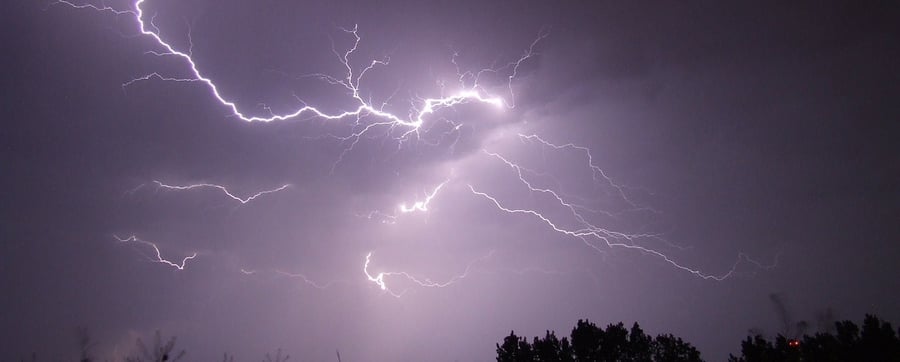
When discussing any networked technology these days, talk turns to “the Cloud.” Cloud computing and massive online data storage is the latest and greatest service on offer from many of the nation’s top tech companies, from Dropbox to Amazon to Google. But the cloud is not just for computer jockeys anymore. The concept is now being used for the distributed system of networks that the U.S. electricity system could become in the 21st Century. Just ask Navigant Research, which has put out a new white paper on what it calls the “energy cloud.”
The coming 21st Century electricity system will require a “reimagining of how we generate, store, and consume energy in the next 20 years,” Navigant said in the white paper. “More specifically, the energy cloud represents a transition from one-way power flow to a dynamic network of networks supporting two-way energy flows at the periphery of the grid.”
We’ve talked before about how the grid is changing, moving toward becoming a web of nodes and connections. Navigant uses the term “energy cloud” to describe “a future grid that will be far more dynamic, responsive, and democratized than current infrastructures allow.” Navigant identifies four technologies that are central to the energy cloud: energy storage, solar PV, building energy management systems, and virtual power plants, which Navigant defines as a cluster of distributed generation managed by a single central control entity. Cumulatively, Navigant expects the four technologies to represent almost a trillion dollars in investment over the next 10 years. Navigant also predicts installation of 1.1 TW cumulative distributed generating capacity between 2014 and 2023. Solar alone is expected to represent a quarter of that capacity, with small wind, fuel cells, microturbines, and natural gas generator sets filling out the rest.
We’re already seeing some pretty tremendous numbers to back up the solar prediction. The U.S. installed 1.3 GW of solar between January and April. In what is typically the slowest quarter for the solar market, largely due to weather (our Boston office will tell you that winter 2015 was no joke), the solar market still grew: 76 percent over Q1 2014 and 11 percent over Q4 2014, which held the previous record for capacity installed. According to Shayle Kann, senior vice president at GTM Research, solar accounted for more than half of all new capacity brought online in Q1, and it shows no sign of slowing. “We expect more than 3 million residential solar installations over the next five years,” Kann said.
According to a new analysis from UBS, one of the world’s leading global finance services companies, solar will become the “default technology of the future.” According to UBS, solar investment worldwide could amount to more than $3 trillion by 2050. UBS expects the majority of the projects to be utility-scale, and will look much like the wind business. But so far, according to UBS, nobody’s taking this solar-powered future seriously.
“We believe the financial community and most industry experts largely underestimate the global solar capacity growth, as falling costs, supportive regulation and the opening up of new solar markets seem to go largely unnoticed.”
Globally, advanced energy is already worth more than $1.2 trillion. Find out the size and scope of it in this year’s Advanced Energy Now Market Report.
